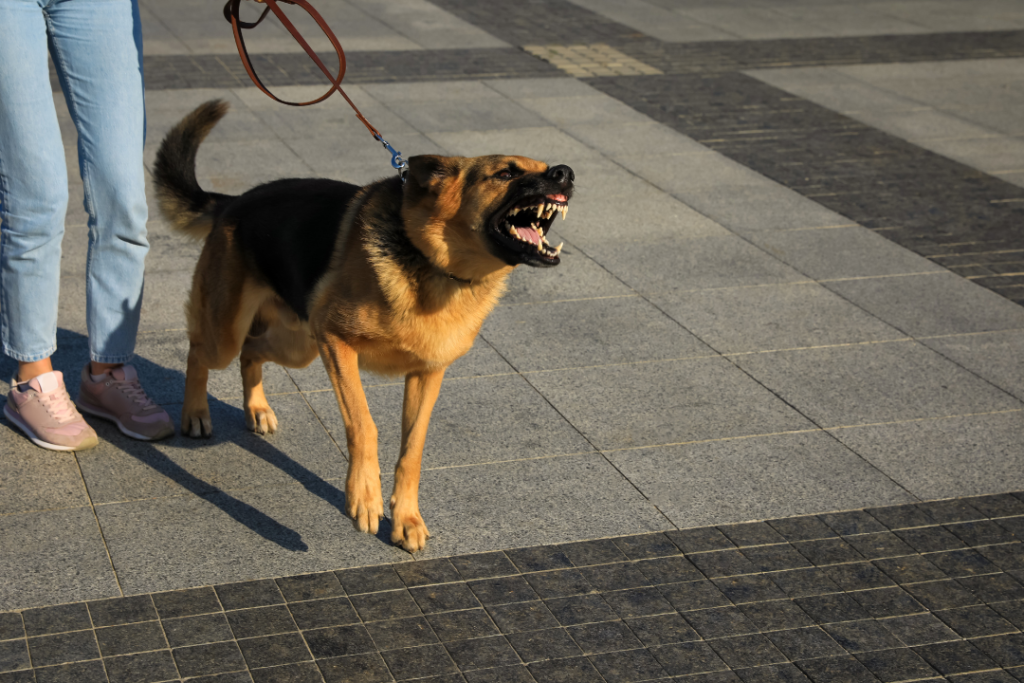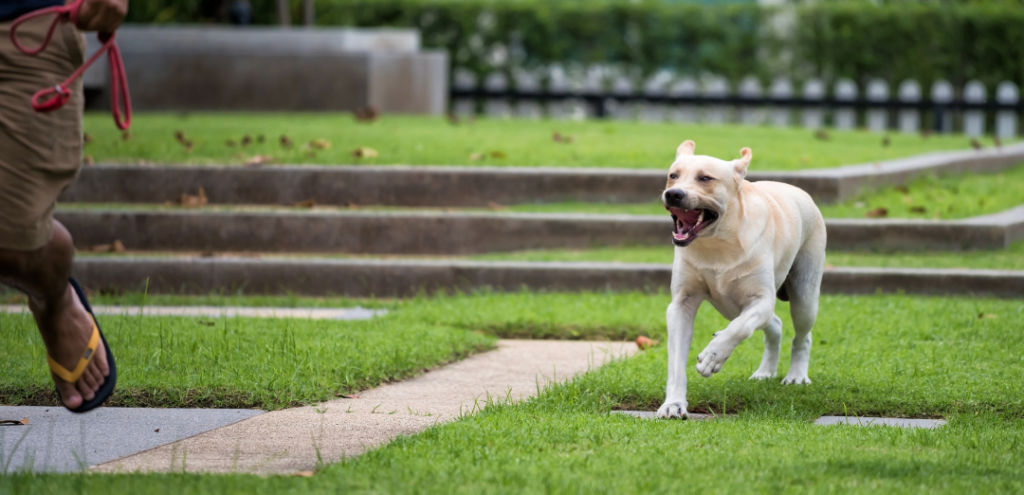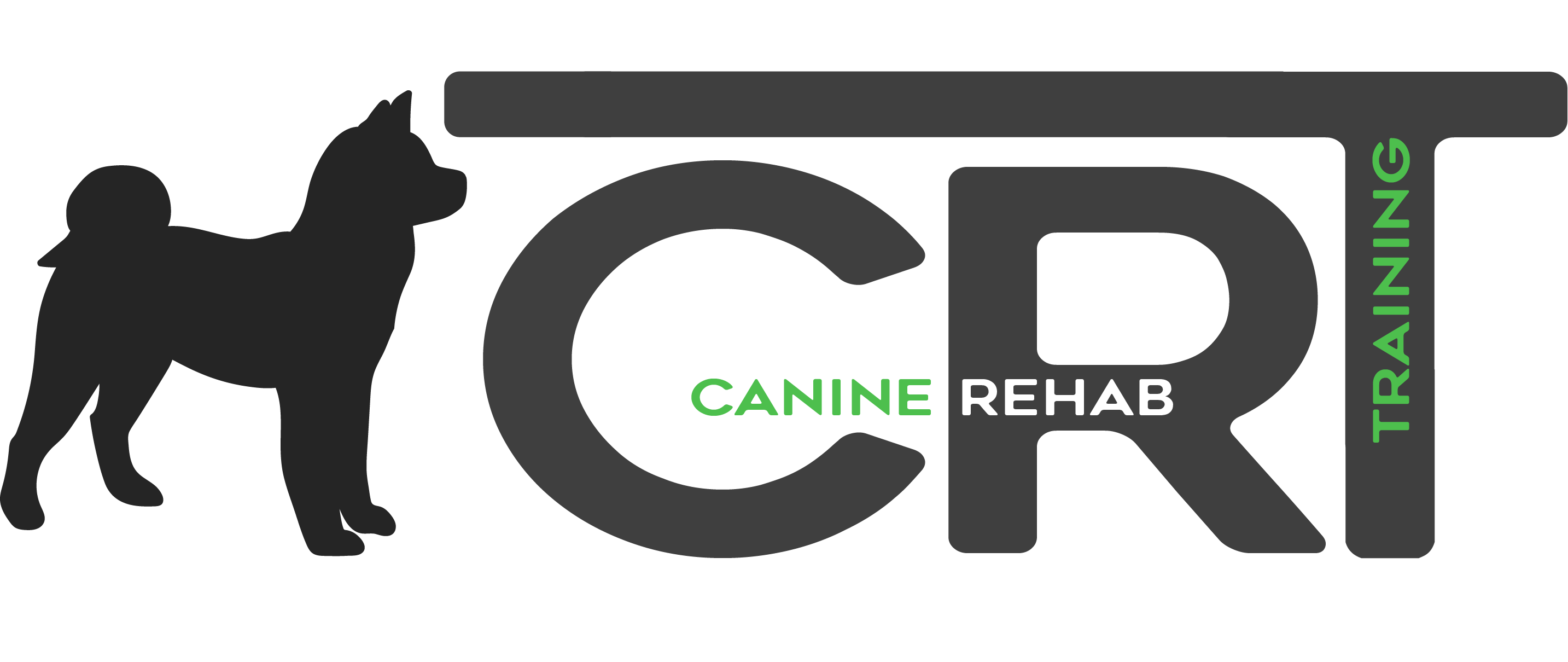Why Do Dogs Become Aggressive?
Unexpected Growls: Unraveling Sudden Aggression in Dogs
As dog lovers, we adore the wagging tails, slobbery kisses, and playful antics that make our furry friends so endearing. However, when our once-gentle pup starts exhibiting aggressive behaviors like growling, snapping, or even biting, it can be a shocking and concerning experience. Sudden aggression in dogs is a common issue that pet owners often grapple with, leaving them confused and unsure of how to proceed.
That’s why it’s crucial to understand the underlying reasons behind this behavior shift. By unraveling the root causes, we can effectively manage and resolve these challenging situations, ensuring a harmonious bond between you and your canine companion.

Understanding Aggression in Dogs
Aggression in dogs can take various forms, such as territorial aggression (defending their space), protective aggression (guarding their owners or resources), possessive aggression (guarding toys, food, or other objects), and fear-based aggression (reacting out of anxiety or perceived threats). It’s important to note that aggression is not always unprovoked; sometimes, it can be a natural response to specific triggers or situations.
However, it’s equally crucial to distinguish aggression from normal play behavior. While dogs may appear rough during playtime, with growling, nipping, and intense physical contact, true aggression often involves more serious signs like stiff body posture, raised hackles, exposed teeth, and a persistent unwillingness to back down.
Common Triggers for Sudden Aggression
While some dogs may exhibit aggression due to genetic predispositions or inadequate socialization, sudden changes in behavior can often be attributed to specific triggers. Let’s explore some of the most common culprits:
Medical Issues
Pain can be a significant factor in eliciting aggressive behavior. Conditions like arthritis, dental problems, or internal injuries can cause discomfort and lead to defensive reactions. Additionally, neurological disorders or sensory decline (especially in older dogs) may contribute to confusion and frustration, manifesting as aggression.
Environmental Changes
The introduction of new pets, family members, or significant changes in the household routine can create stress and uncertainty for dogs, potentially leading to aggressive outbursts. Even seemingly innocuous changes, like rearranging furniture or renovations, can disrupt their sense of security and familiarity.
Psychological Factors
Previous traumatic experiences, such as abuse or neglect, can leave deep scars that may resurface unexpectedly, triggering aggressive responses. Furthermore, lack of proper socialization or changes in social interactions can contribute to anxiety and fear-based aggression.
Diagnosing the Cause of Aggression
The first step in addressing sudden aggression is to rule out any underlying medical causes. A thorough examination by your veterinarian can identify potential health issues contributing to the behavior change. In some cases, behavioral assessments by professionals may be necessary to pinpoint the specific triggers and develop an appropriate treatment plan.
Management and Treatment
When faced with an aggressive outburst, it’s essential to remain calm and avoid escalating the situation. Never punish or yell at your dog, as this can reinforce the aggressive behavior. Instead, remove your dog from the triggering situation and provide a safe, quiet space for them to decompress.
For long-term management, a combination of training techniques and environmental modifications may be necessary. Positive reinforcement training, desensitization, and counterconditioning can help reshape your dog’s responses to specific triggers. Consistency and patience are key, as behavior modification takes time and repetition.
In severe cases or when owners feel overwhelmed, seeking professional help from a veterinary behaviorist or a certified dog trainer can be invaluable. These experts can provide personalized guidance and support throughout the training process.

Preventing Aggression
While addressing sudden aggression is crucial, prevention is always better than cure. Here are some tips to help minimize the risk of aggressive behavior:
- Socialization: Exposing puppies and dogs to various people, animals, and environments in a positive, controlled manner can help them develop confidence and reduce fear-based reactions.
- Regular Check-ups: Maintaining your dog’s physical and mental well-being through routine veterinary visits and preventative care can identify and address potential health issues before they escalate.
- Stable Environment: Providing a consistent routine, clear rules, and a secure living space can help reduce stress and anxiety, which are often precursors to aggression.
Conclusion
Sudden aggression in dogs can be a challenging and sometimes frightening experience, but it’s important to remember that it’s often a symptom of an underlying issue rather than the problem itself. By understanding the potential triggers, seeking professional help when needed, and implementing proper management techniques, you can overcome this hurdle and strengthen the bond with your beloved furry companion.
At CRT K9, we’re dedicated to helping pet owners navigate these complex behavioral challenges. Our team of experienced trainers and dog behavior experts are here to provide guidance, support, and personalized solutions tailored to your dog’s unique needs. Because at the end of the day, a happy, well-adjusted pup makes for a happy, stress-free pet parent.
Frequently Asked Questions
There are various potential causes, including underlying medical issues, environmental changes, psychological factors like past trauma or lack of socialization, and even genetic predispositions.
Remain calm, remove your dog from the triggering situation, and consult with a veterinarian to rule out any medical causes. Seek professional help from a certified dog trainer or behaviorist for guidance on behavior modification techniques.
The type of aggression (territorial, protective, possessive, fear-based) and the specific triggers can provide clues as to the underlying cause. Closely observe your dog’s body language and the situations in which the aggression occurs.
Don’t panic, but take it seriously. Consult with your veterinarian to ensure there are no underlying health issues, and consider seeking professional help from a dog behavior specialist to address the sudden behavior change.
Absolutely. Pain, neurological disorders, sensory decline, and other medical conditions can contribute to aggressive behavior in dogs. It’s crucial to rule out any potential health-related causes before addressing the aggression through behavior modification.
